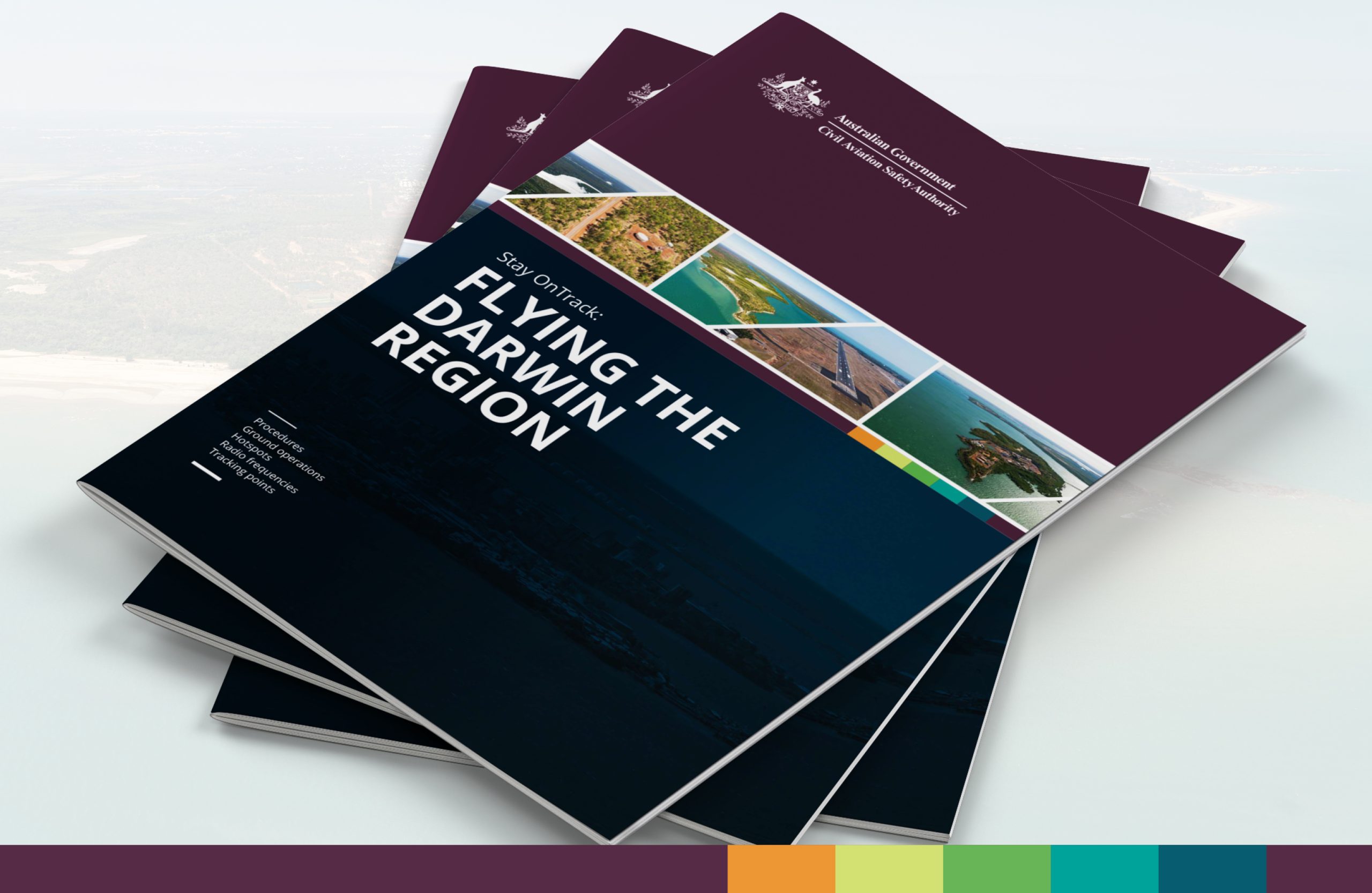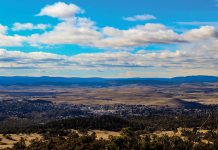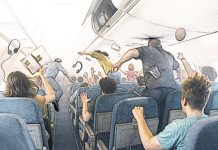We have developed Stay OnTrack: Flying the Darwin region to help pilots safely navigate this busy area.
It adds to the other guides – for the Perth, Brisbane, Melbourne and Gold Coast regions – available from the CASA online store.
The latest guide has information about avoiding restricted airspace and runway incursions, and about airspace infringement hotspots, arrival and departure procedures, radio procedures and helicopter operations. It also shows the inbound and outbound reporting points.
The Darwin region is complex, with additional aerodromes at Emkaytee, Delissaville and Batchelor, and military restricted areas around Darwin and Katherine.
Darwin-based Aviation Safety Advisor Peter Ball says the booklet provides very useful information about aerodromes in the region.
‘The guide includes recent photographs of commonly used features for VFR navigation such as Channel Island, Bynoe Harbour, Lee Point, Jackos Junction, Lake Dean, Talc Head and Gunn Point,’ he says.
‘We encourage pilots to make the guide a key part of their preflight planning. However, before flying to or around Darwin, make sure you are familiar with the controlled airspace boundaries and altitudes, as shown on the VTC and VNC.
‘For pilots new to Darwin, they should advise ATC on first contact by using the phrase “unfamiliar with Darwin”.’
The guide contains charts showing airspace infringement hotspots as well as maps of the runways and apron areas. And there are sample radio calls to guide you through airways and taxi clearances, with the relevant frequencies listed.
The Bureau of Meteorology says weather in the Top End can be broadly divided into two distinct seasons – the wet and dry seasons.
The wet season runs from October to April and includes the monsoon period from mid-December. When the monsoonal flow is strong, gusty winds and squally showers moving eastwards off the water can be experienced at any time of day. Thunderstorms can occur at any time.
Other aviation hazards exist in the dry season, including turbulence, smoke and fog.
Pilots should be prepared to land at outlying airports and head to Darwin when the weather has cleared. Sometimes weather will affect the aerodrome for more than 60 minutes, after which ATC has to clear the backlog of traffic. VFR aircraft will not be given priority landing when severe weather is in the vicinity, so planning for an alternate is critical.





